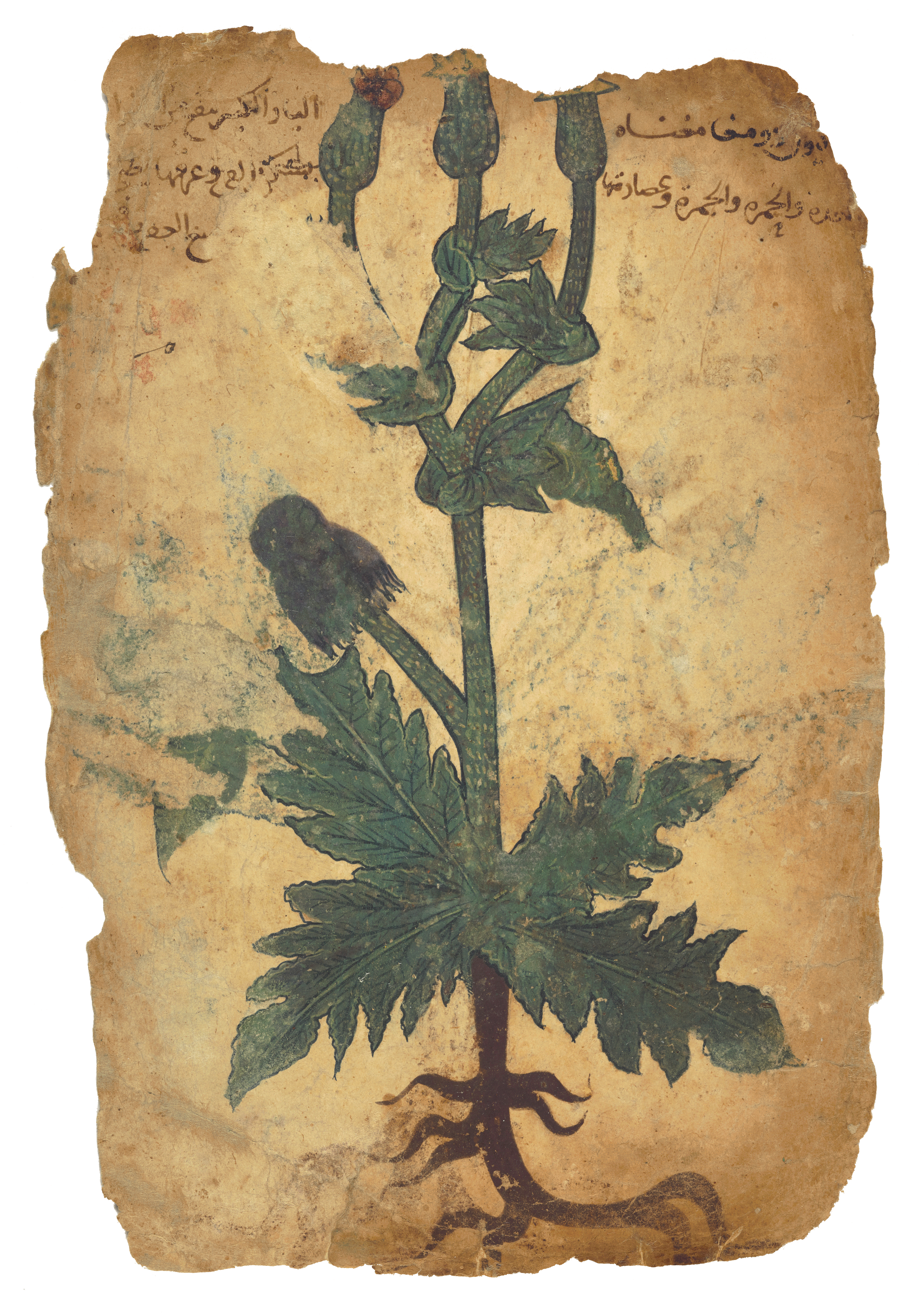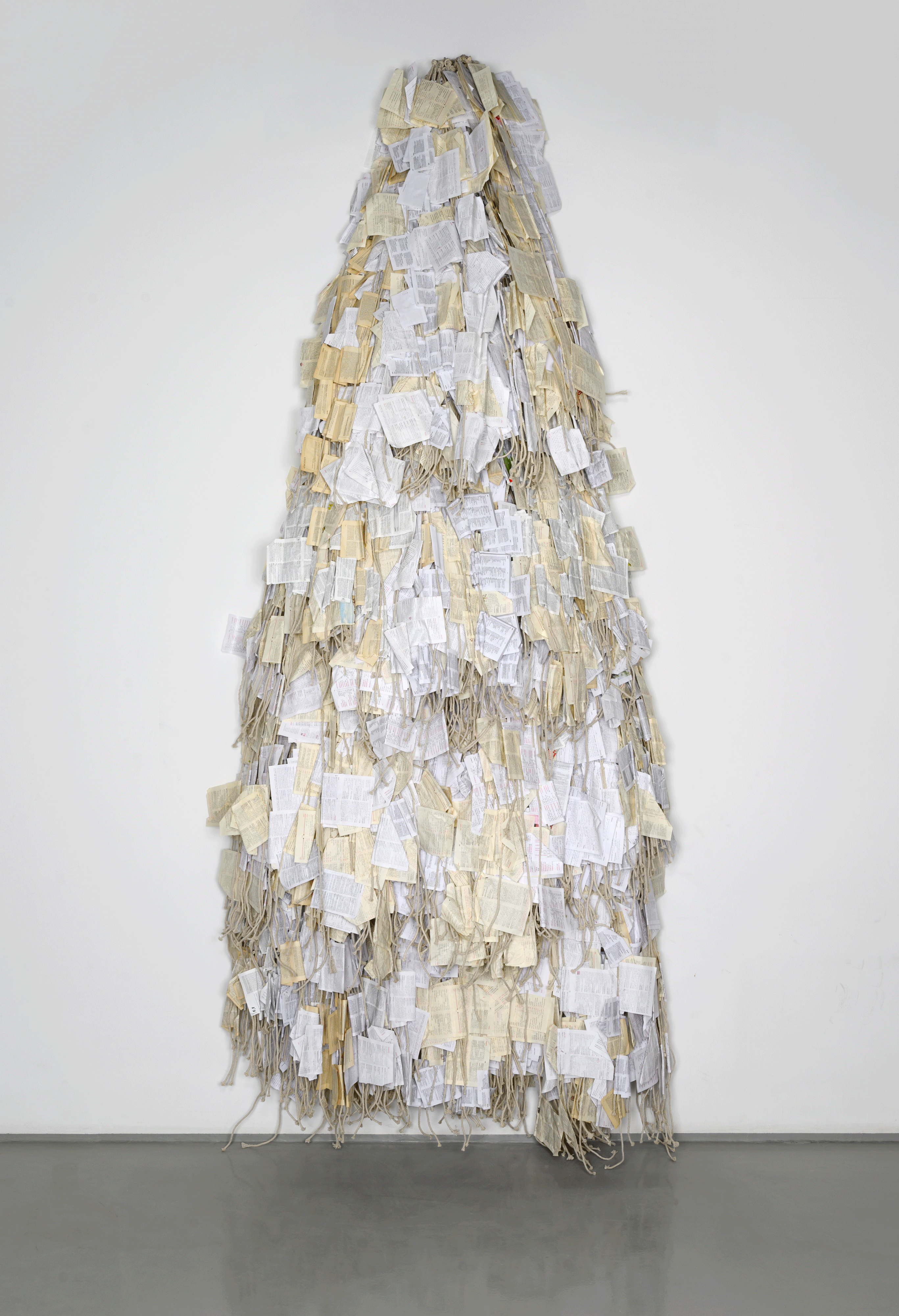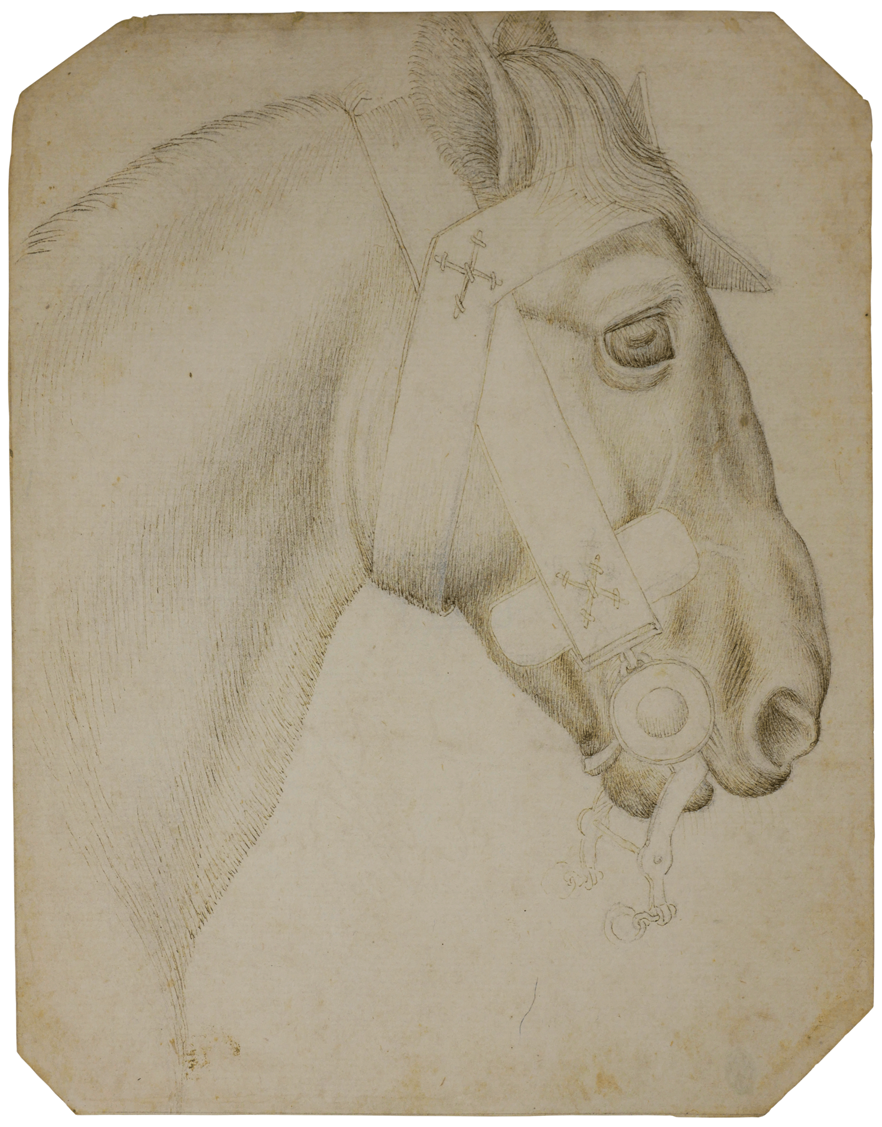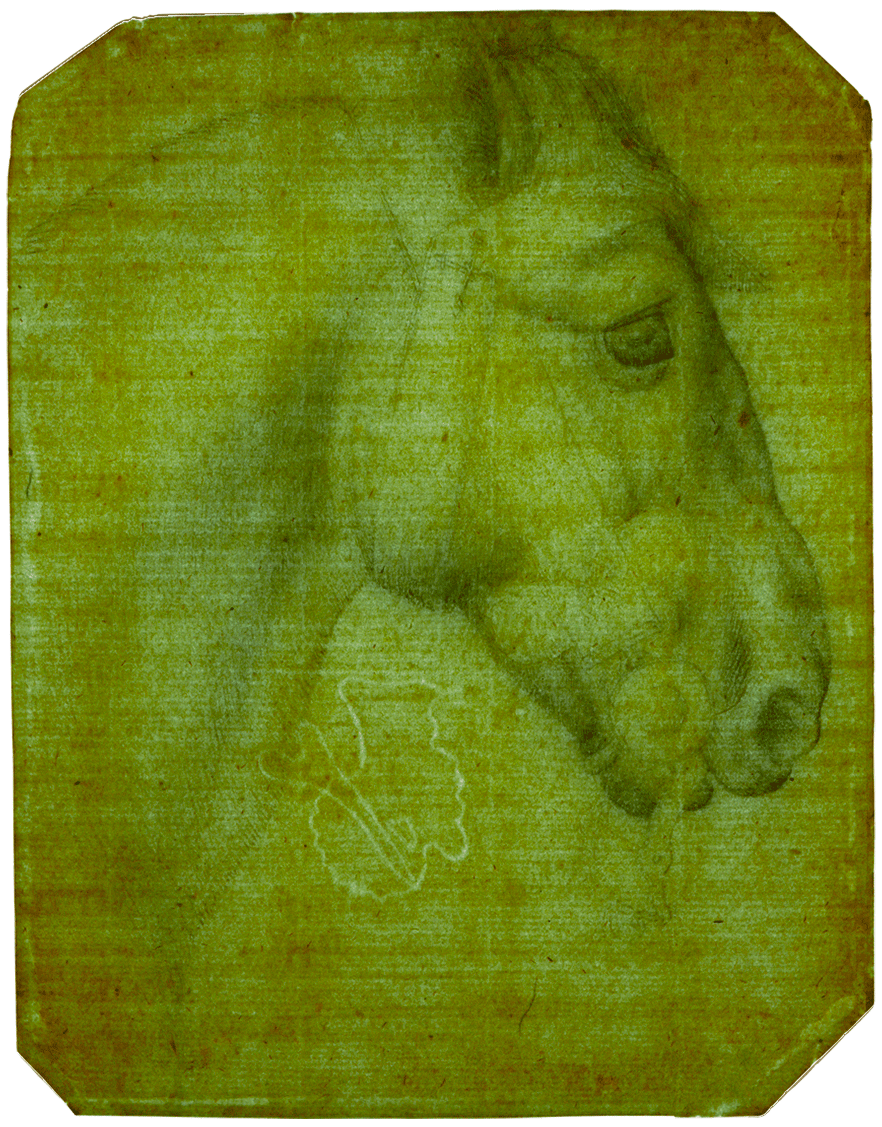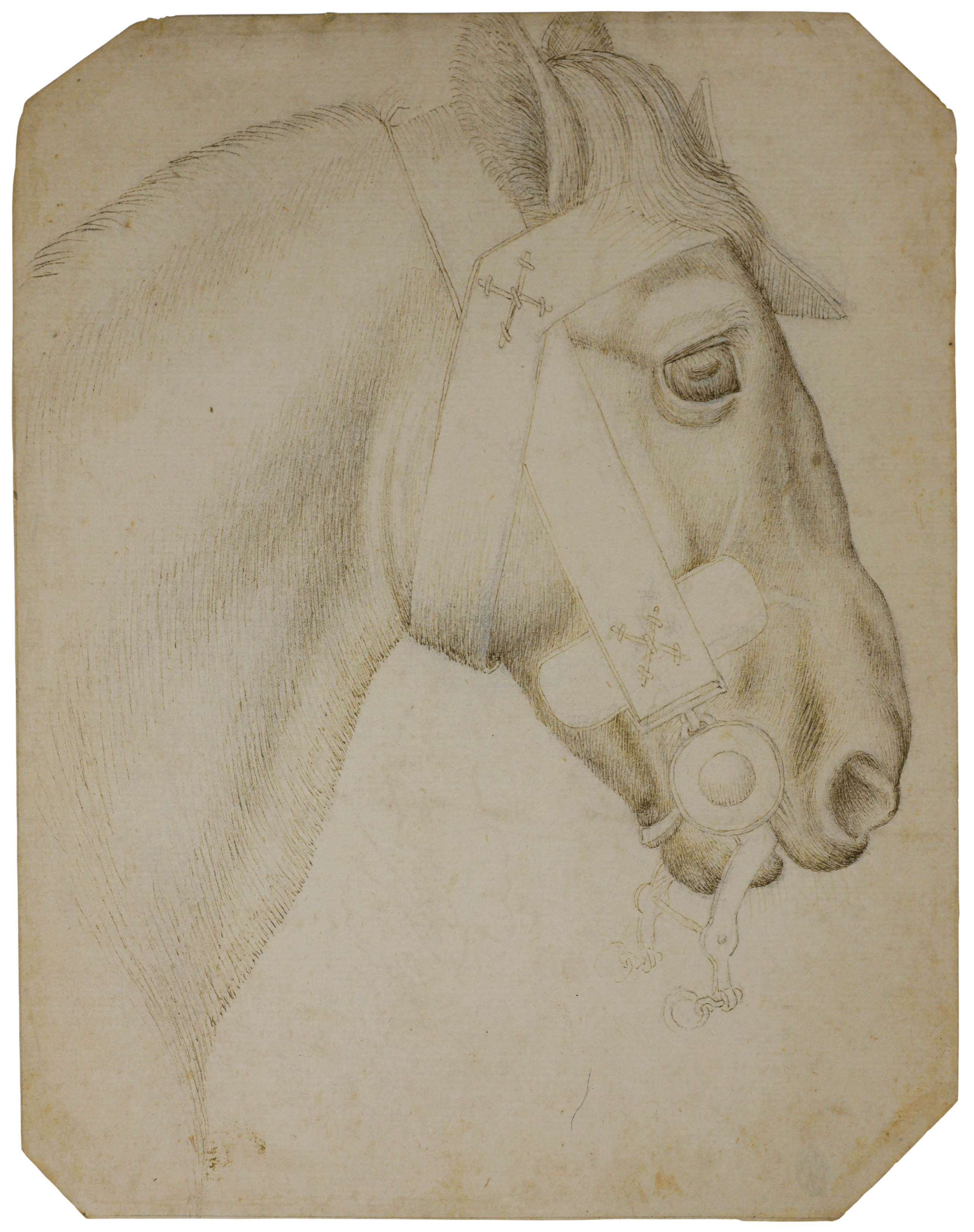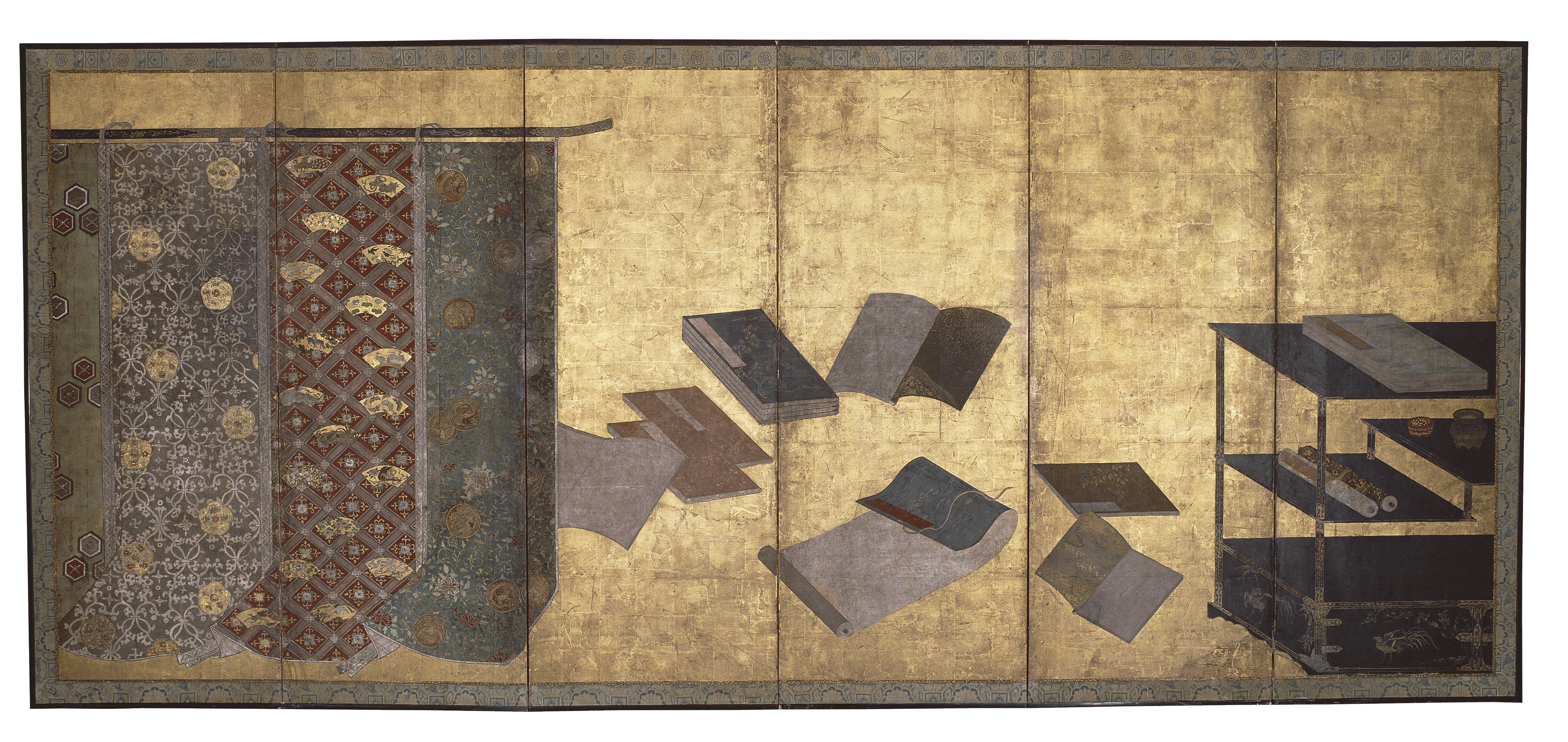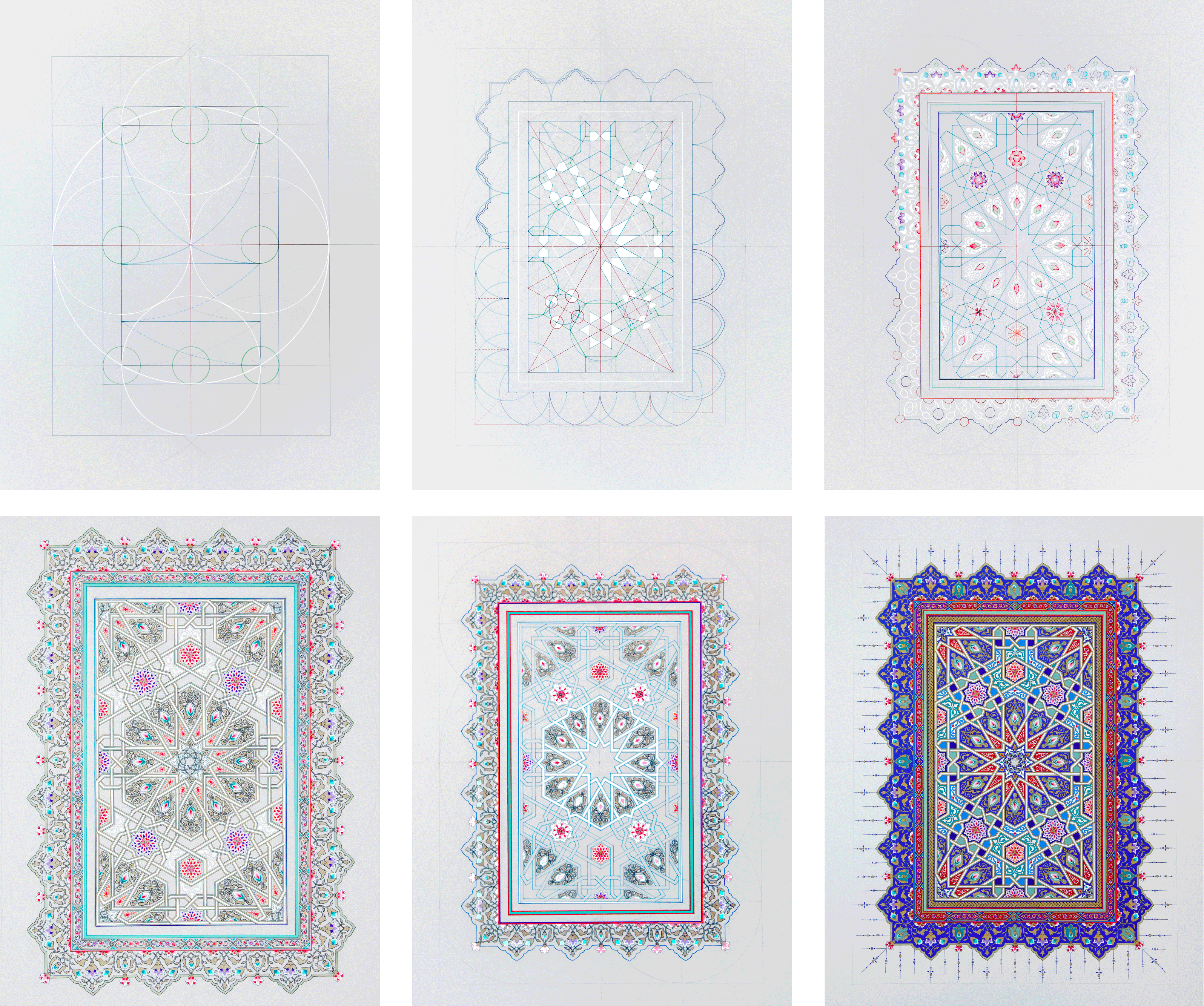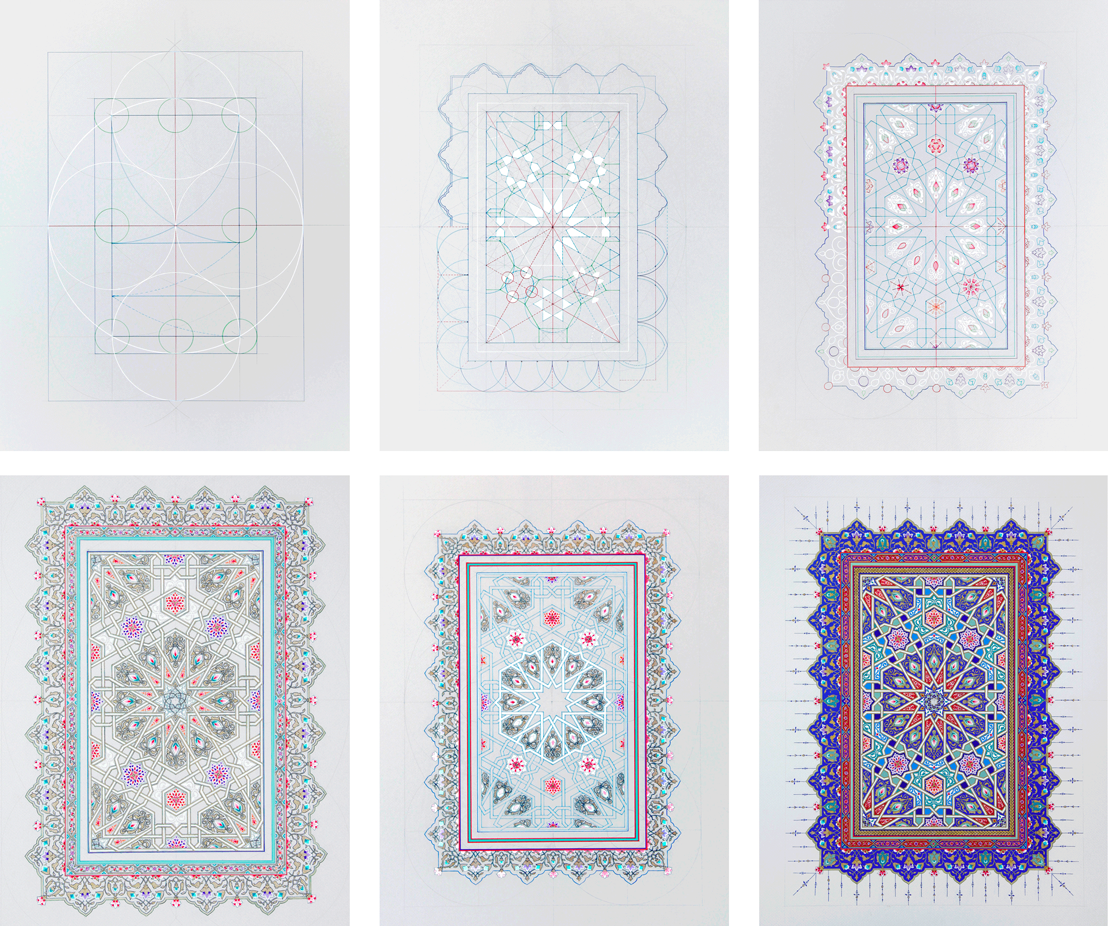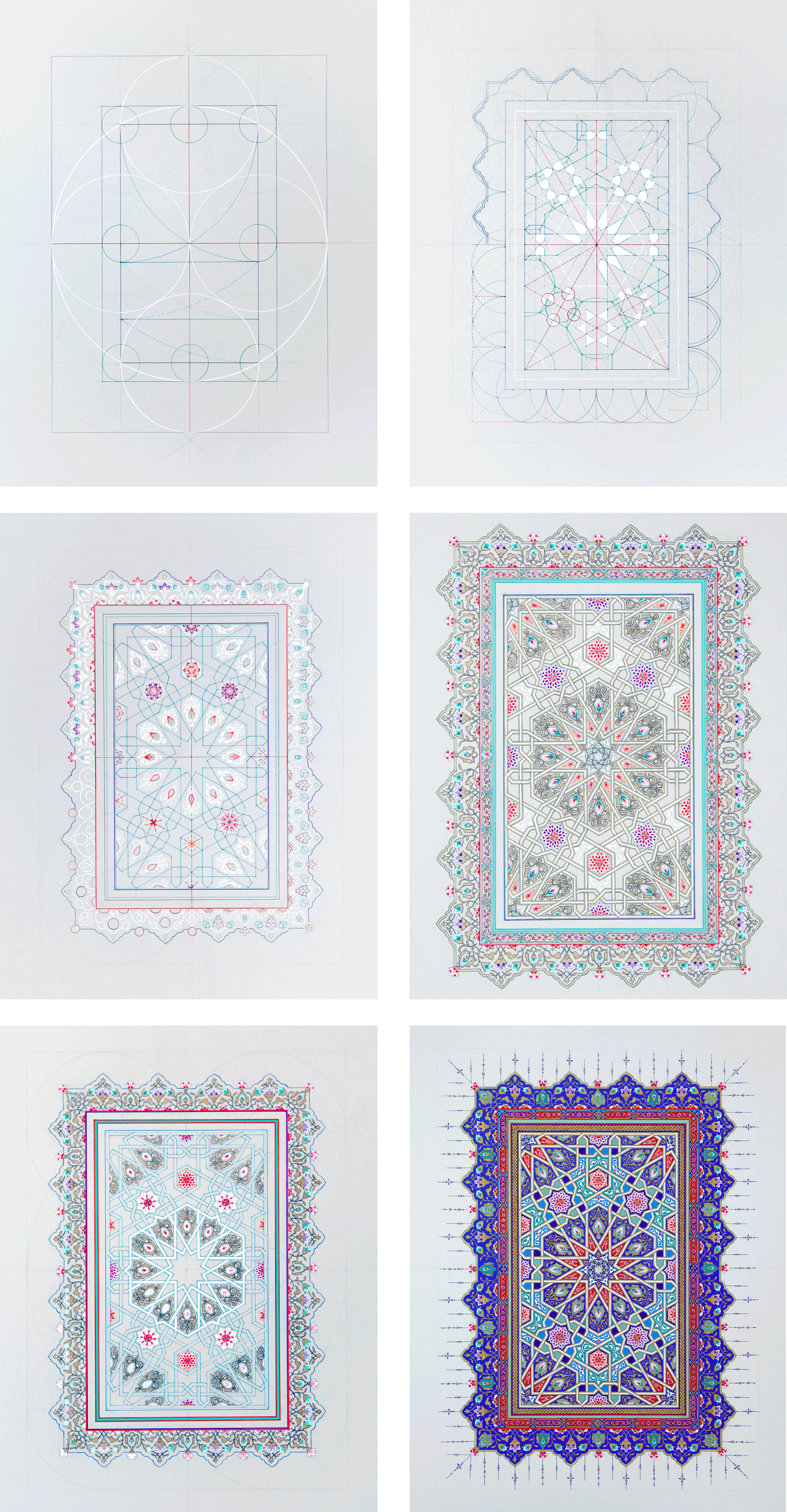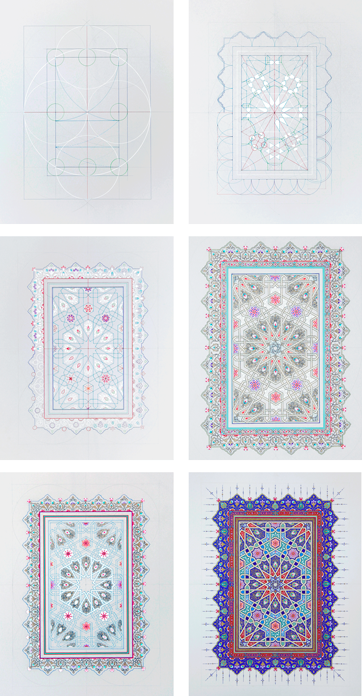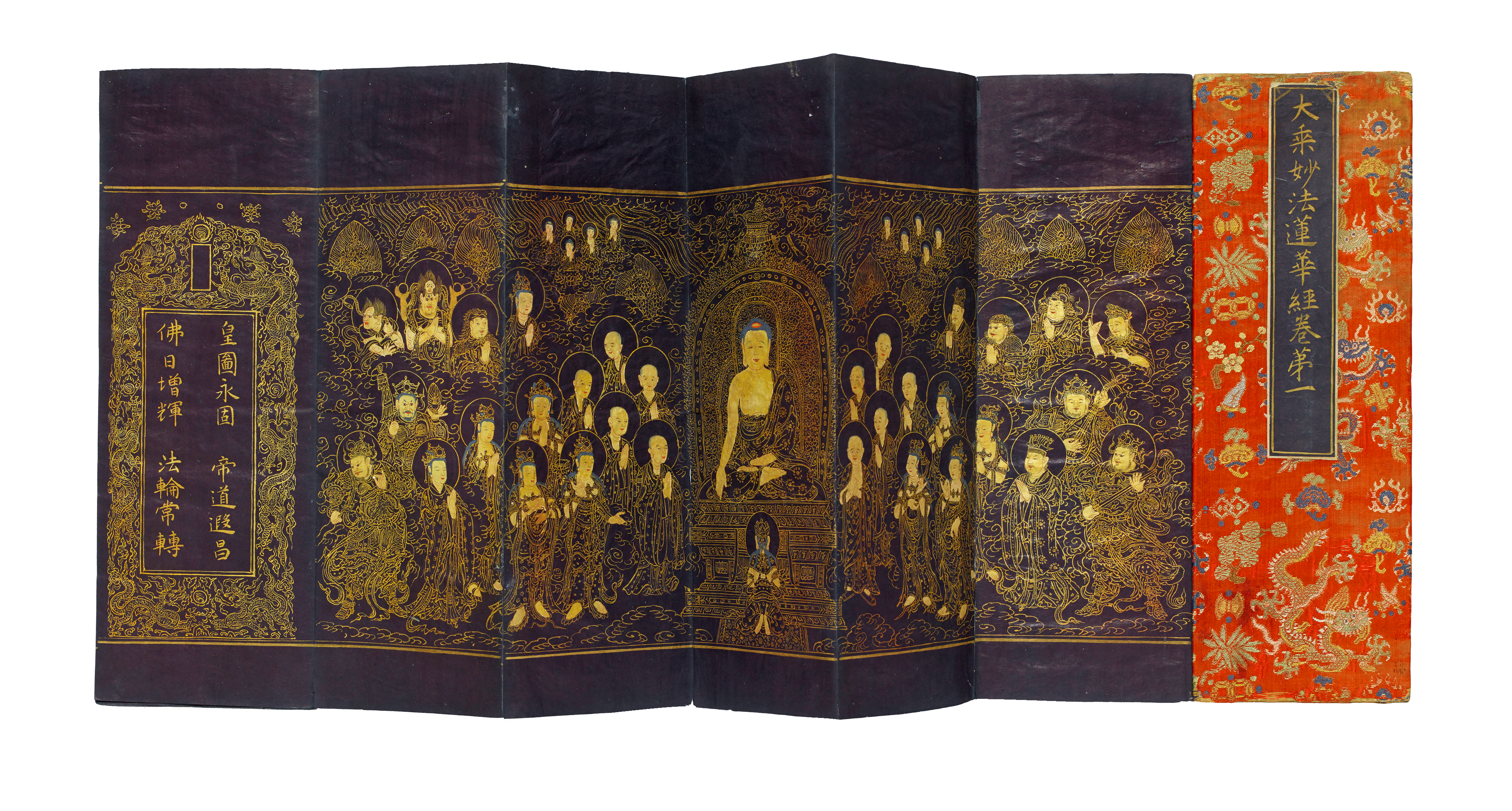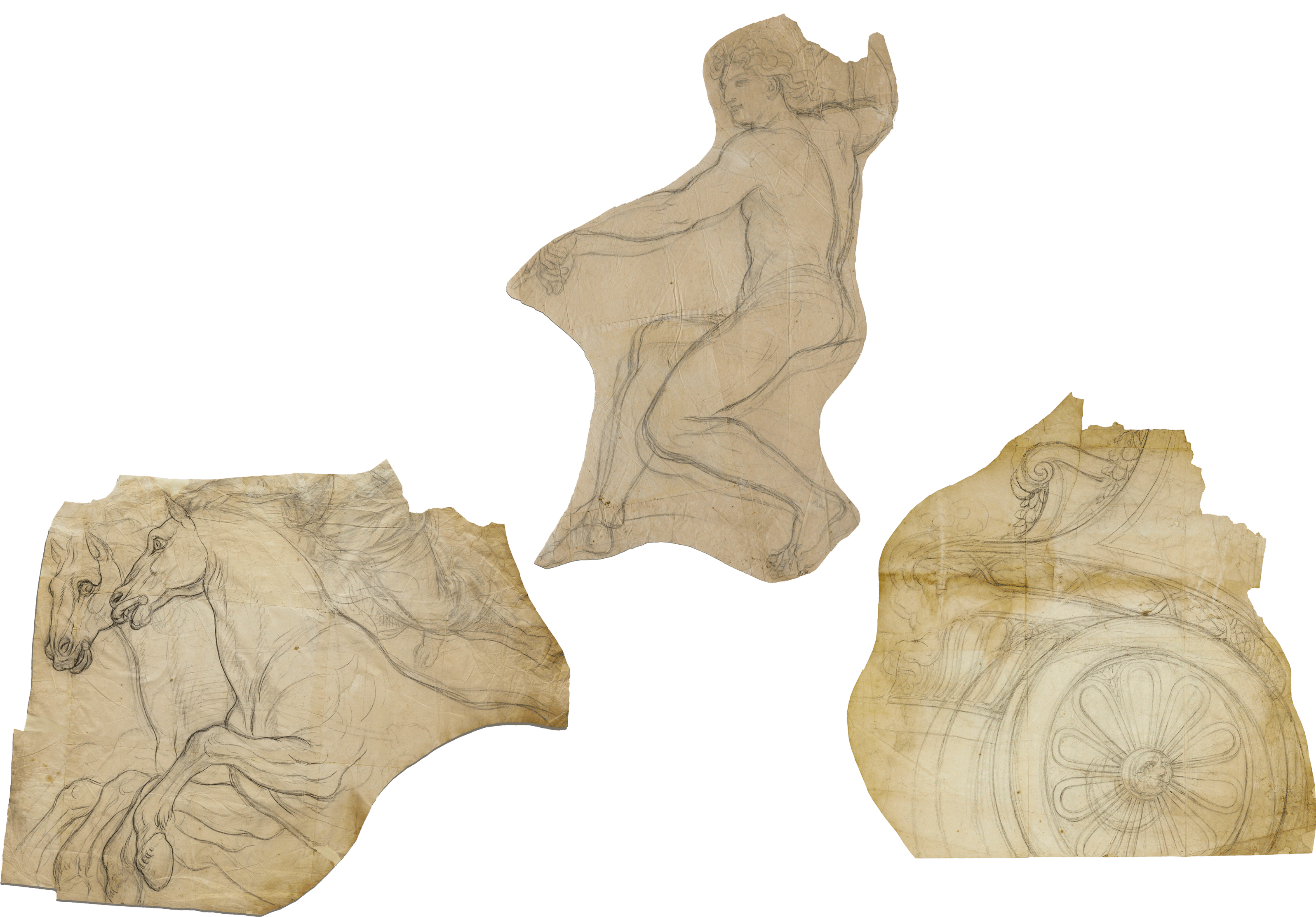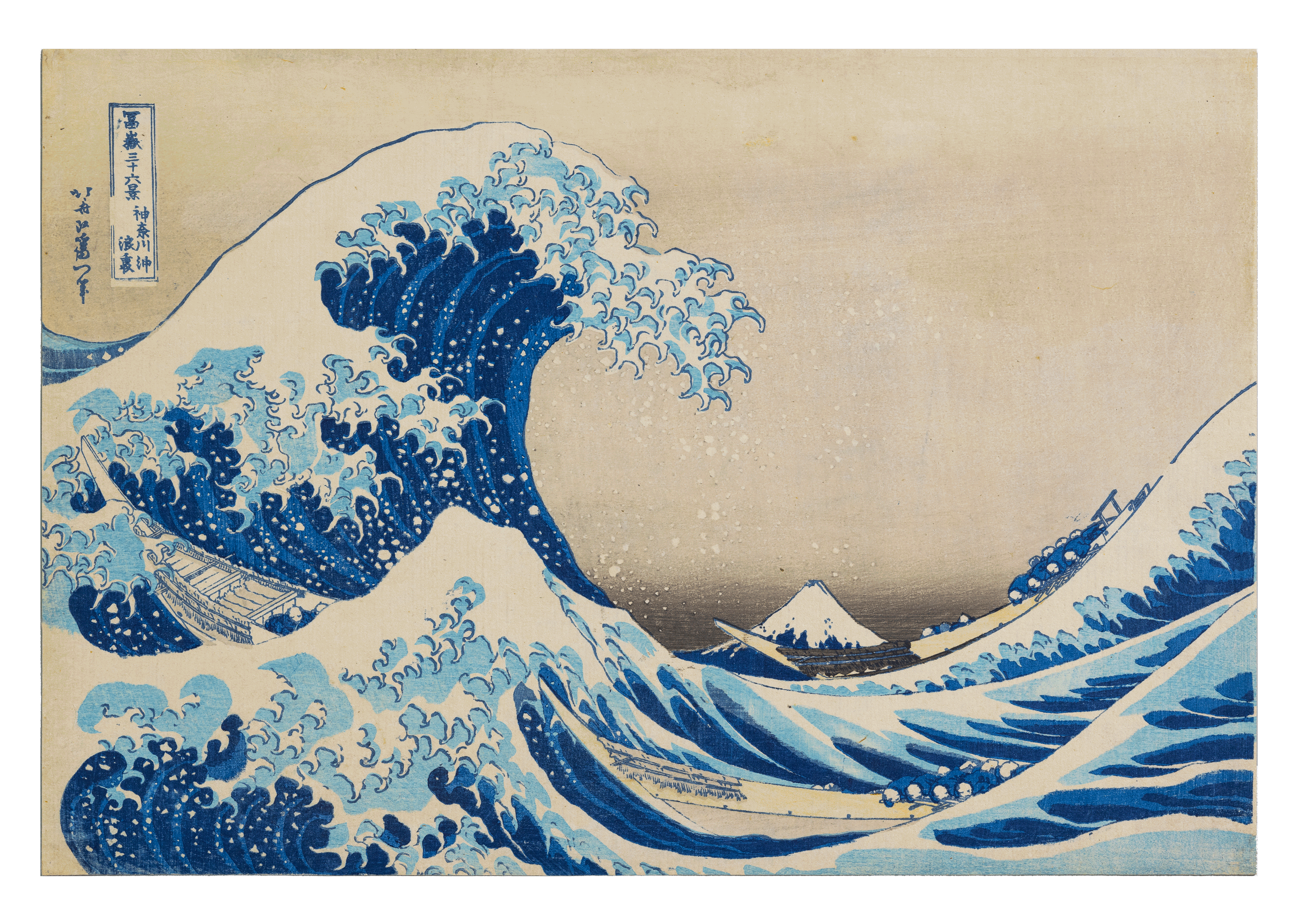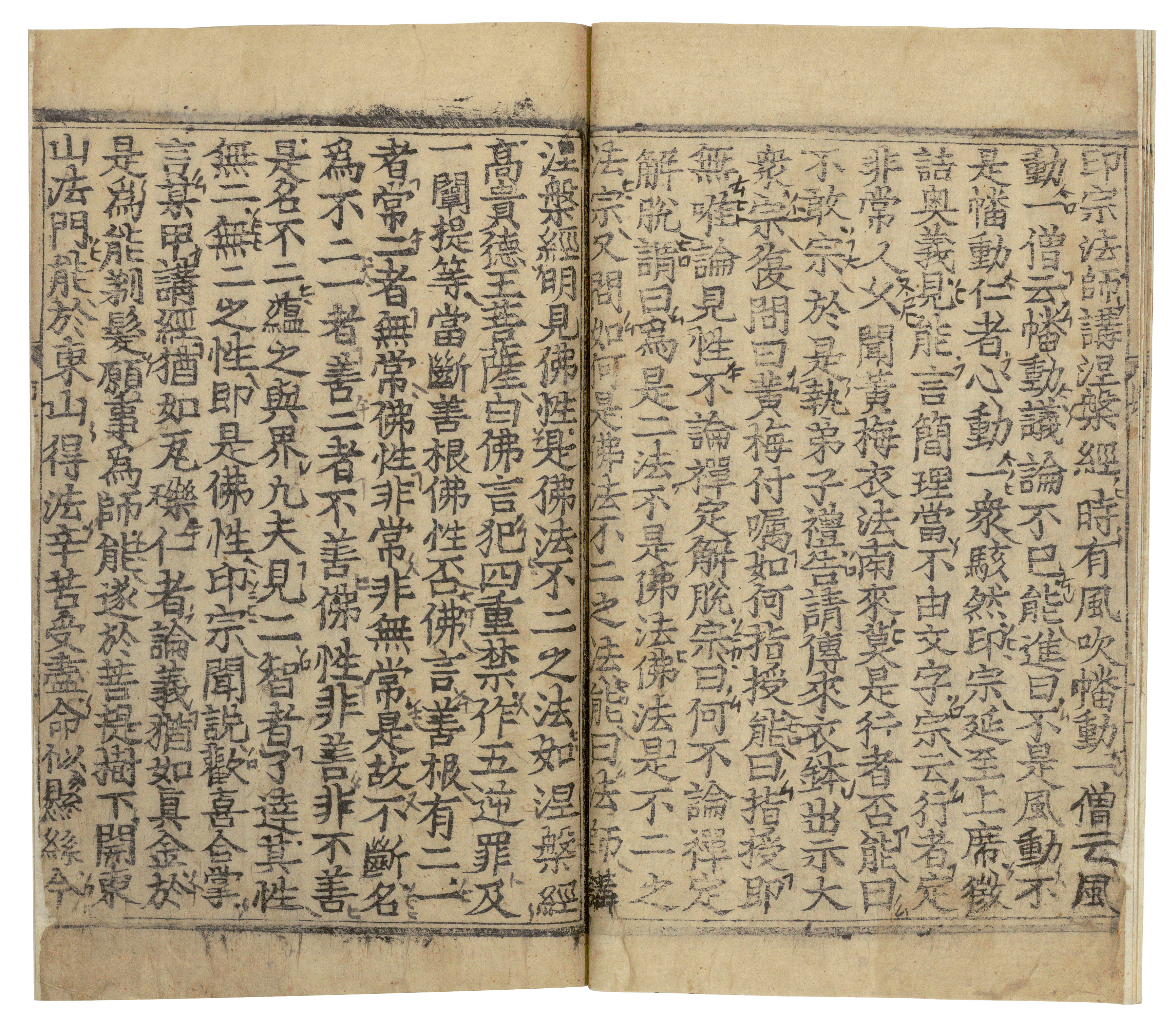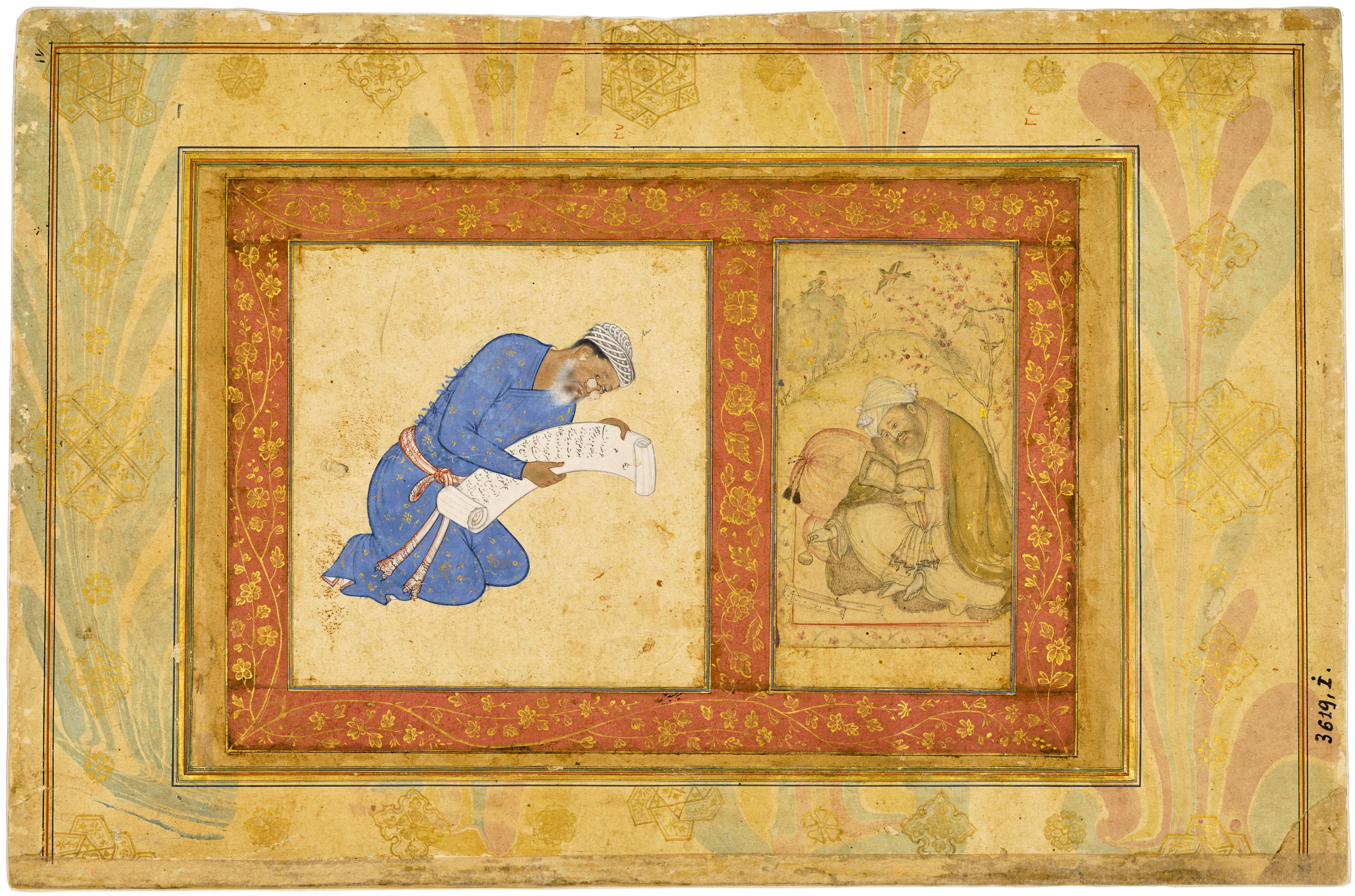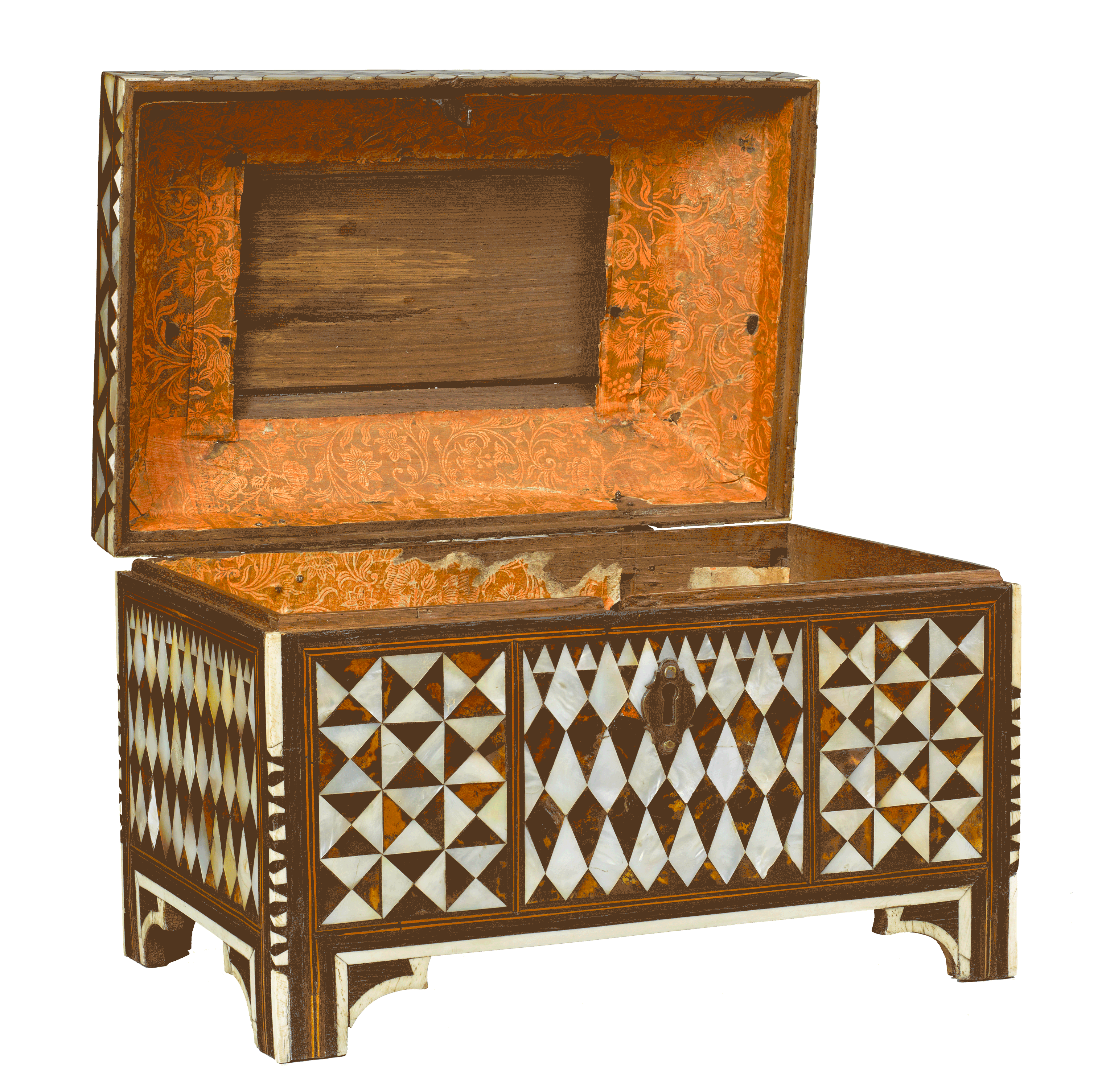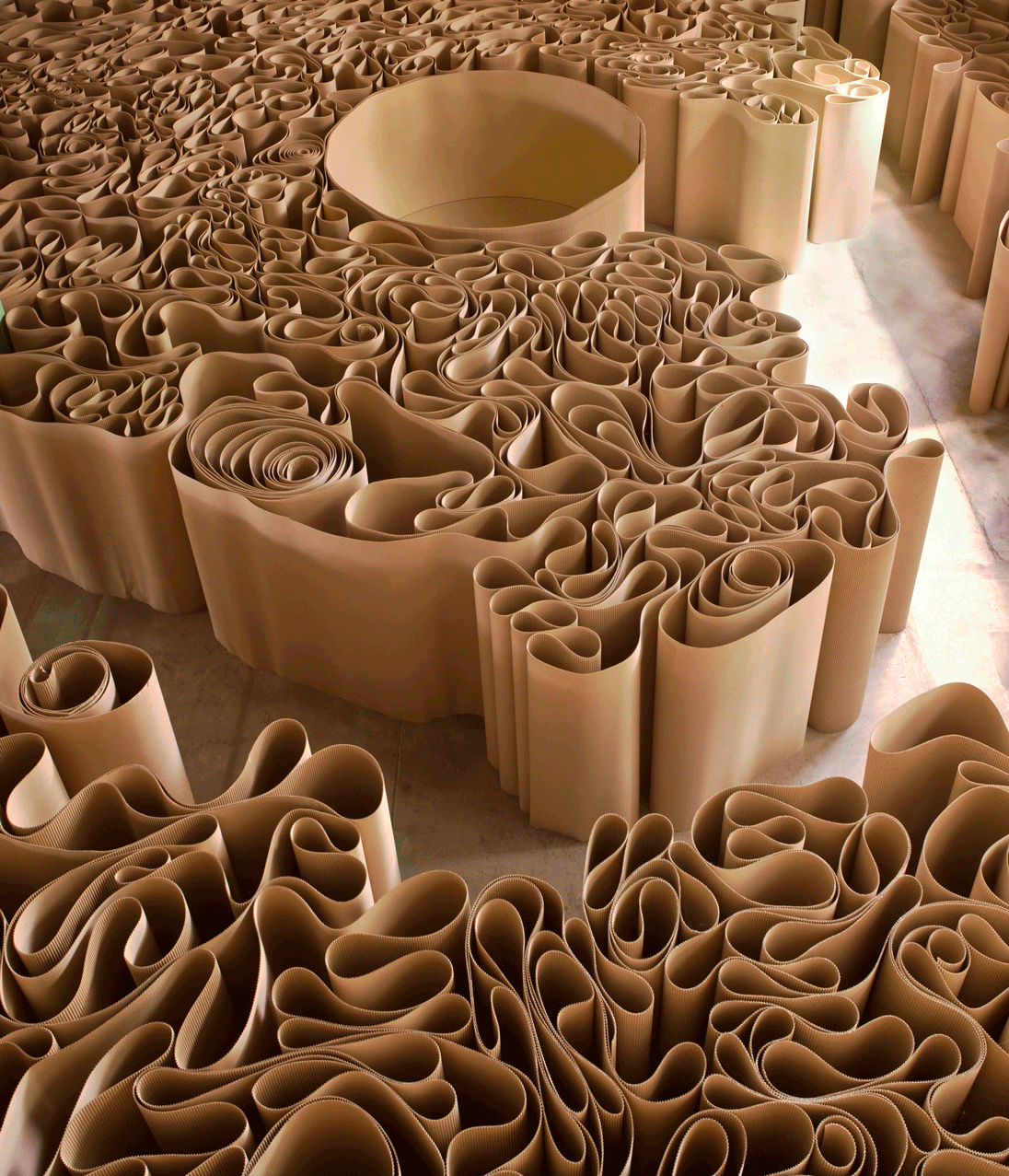Stories of Paper
20 april - 24 july 2022
Lighter than clay or bamboo and less expensive than silk or parchment, paper is one of humanity’s humblest but most profound inventions. From the first century to the present and from ancient Asia to Europe and contemporary Arabia, Stories of Paper examines the rich artistic legacy of this fragile material that not only became indispensable for record keeping and trade but has proved essential to cultural interaction and intellectual exchange for two millennia.
Organised in conjunction with the Musée du Louvre, Stories of Paper features contemporary artworks by Michelangelo Pistoletto, Pouran Jinchi, and Hassan Sharif alongside masterworks by Katsushika Hokusai, Antonio Pisanello and Pablo Picasso.
Across all continents, paper is made from plants. Master papermakers use two types of plant fibers: native fibres, directly extracted from the plant and highly prized for their quality, and recycled fibres obtained from previously manufactured textiles. These plants can determine paper's geographical origins, time period, and method of manufacture.
Origins
105
Cai Lun, eunuch at the Office of Weapons and Instruments, presents paper made using pulped fragments of rags and ropes to Emperor Hedi of Han.
Uses
In Asia, paper has daily applications. It is used to make clothes, shoes and blankets, and even in intimate acts with the invention of toilet paper. It can be oiled to waterproof clothes, painted to replace silk, and woven to make traditional Korean clothes. Thanks to its low grammage and its tensile strength, paper is also used for packaging goods.
Transparency
1282
First use of a watermark on sheets of paper. Transparently visible when exposed to light, it reveals the origin and the date or era when the sheet was manufactured.
Transparency and translucency are qualities that are sought after in paper. Tracing paper, oiled paper, onionskin paper or wrapping tissue are used to play with the light or to allow its transfer. Both in the East and in the West, paper is used in architecture. In order to distinguish their production, Western mills used an imprint, made with iron or brass wire during the sheet’s production, known as "watermark".
Paper can carry within itself the very causes of its destruction. Chemical components directly introduced into the pulp at the manufacturing stage, to influence the paper's color, eventually weaken the material. It turns brown when exposed to light and becomes more brittle. Paradoxically, its thickness and extreme climatic conditions, such as drought, preserve it. This is why paper was adopted very early on in the making of armor, design furniture and architecture.
Fragility & Resistance
Space
The format of a sheet of paper directly influences what one chooses to represent on it. For example, the Chinese landscapes of "mountain and water" are inextricably linked to the length of the scroll on which they are painted. In the West, until the end of the 18th century, the space of the sheet was limited to the contours of its form. On the contrary, the production of very large-format papers is ancient in China and Japan.
The quest for coloured paper is an old one. The natural colour of a sheet of paper depends primarily on the plant fibres used. Papers can therefore be distinguished by the technique used to colour them: prepared papers, abraded and coloured on the surface, and pulp-dyed paper whose colour comes directly from the pigments introduced into the pulp at the time of manufacture.
Colour
Malleable
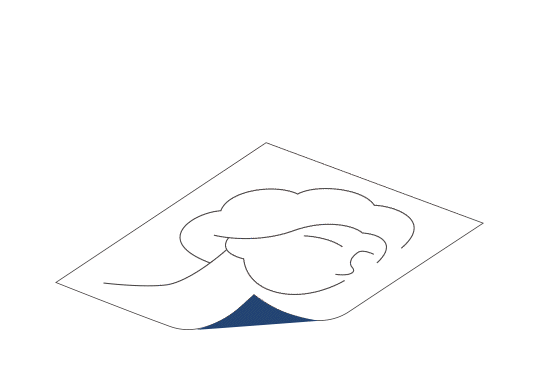
Paper is capable of transformation. It can be fragmented to sketch out drawings for monumental artworks using preparatory cartoons. From these metamorphoses, an original artwork sometimes results. Thus, the art of paper-cutting reached its peak in Asia and in the Ottoman Empire. In Europe, this practice was revisited by artists such as Picasso and Matisse with their collages.
Reproducible
End of the 10th–beginning of the 11th century
Chinese Bi Sheng invents movable type printing. Paper becomes the preferred medium for printing.
The first printing techniques were developed in China in the 7th century. Woodblock printing was the first technique that made it possible to obtain several identical copies from a carved woodblock. Movable type printing, invented in the 10th century, became crucial for the reproduction of thousands of copies of works. Paper then became the preferred medium for the dissemination of ideas and images.
Collection
A collection is defined both as a gathering of objects around a theme and as the activity of assembling these objects. Paper is by its very nature a long-lasting archival medium and a means to record memory. For example, writers' manuscripts, or series of preparatory drawings, document the creation of a work. Collections can be arranged according to several criteria and are sometimes complemented by calligraphic refinements.
8th century
The Abbasid Caliph, Harun al-Rashid, imposes the use of paper in the administration of his empire.
Substitution
From early on, paper sought to simulate other materials. The art of marbled paper, which originated in Japan in the 12th century in the form of suminagashi, and was produced with the help of hand-held presses and woodblocks, produced small-format papers that were decorated, embossed, or enhanced with colours and gold. Along with lacquered objects, the Japanese, Indian and Iranian civilizations have provided masterful examples of metamorphosed paper.
At a time when the spectacular growth of digital technology seems to be relegating the use of a material that is part of the world heritage of humanity, the Stories of Paper exhibition relates the multiple and fertile human interactions made possible by this medium. Paper offers a surprising diversity of possibilities and still appears today as one of the most long-lasting civilisational revolutions. This can be seen by the many contemporary artists who place paper at the center of their creative process. The artwork of Michelangelo Pistoletto is a perfect example.
To go further
 Stories of Paper
Stories of PaperBook your visit now !
 Podcast: "On Show" at Louvre Abu Dhabi
Podcast: "On Show" at Louvre Abu DhabiLet the curators guide you through a unique listening experience.
 Masterclass with Taqwa Al Naqbi
Masterclass with Taqwa Al NaqbiLearn how to make your own paper with an Emirati artist.
 Young Visitors' Guide
Young Visitors' GuideAs a family or on your own, learn while having fun with a selection of artworks specially designed for children!

